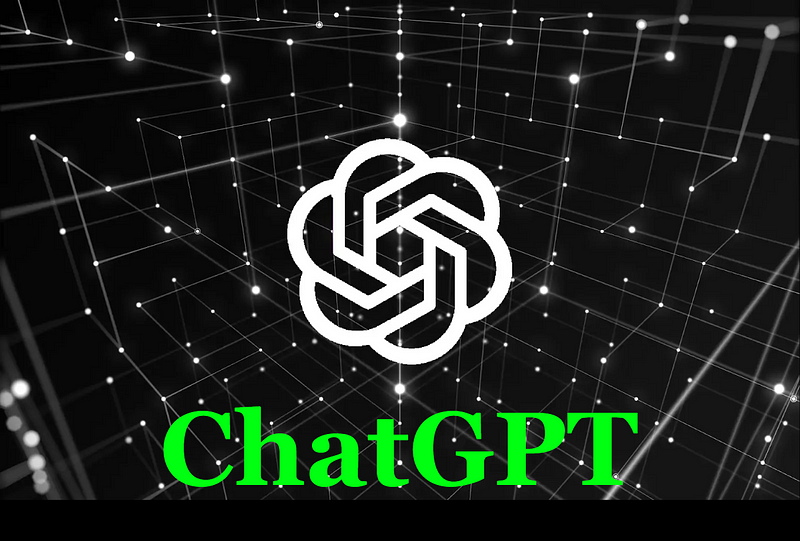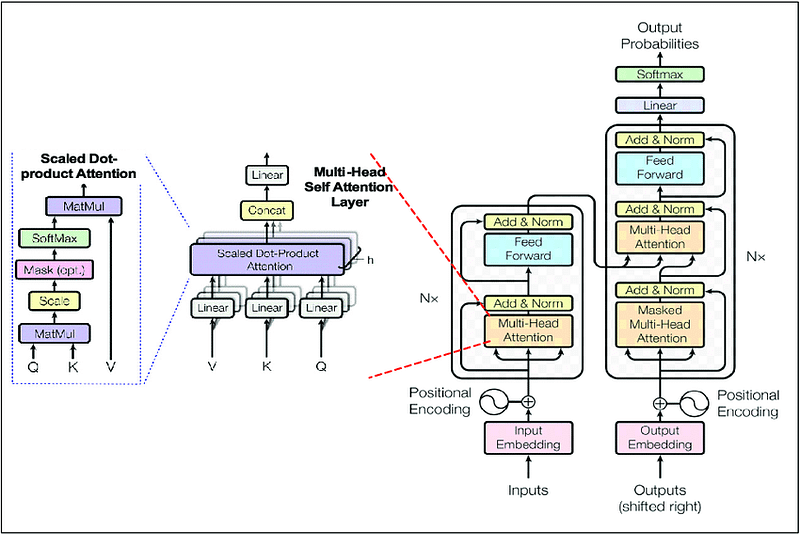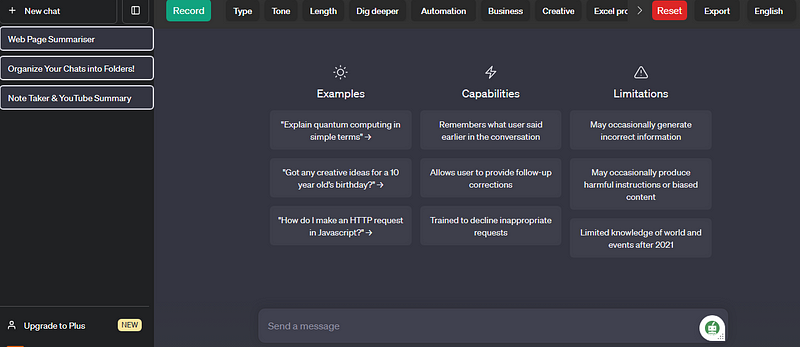In this post, I will be demystifying the ChatGPT power, so all you need is “attention”.

Introduction
In school, they teach us to ask questions if we lack knowledge. This method of asking questions lets us know better the world in which we live, but indeed, there is no one who could answer all of our questions. This is why the ChatGPT rises to be an alternative to human beings.
So maybe the first question that could be asked is, how can machines think and have the ability to answer questions?
and this question before the rise of AI hasn't been answered. But now and after the revolution of artificial intelligence, robots will be able to have conversations with humans and solve their problems, and the latest innovations are large language models (LLMs), which are the basis of ChatGPT. So, what is ChatGPT, and what are the capabilities of such an innovation? And how could this AI technology help us improve our capabilities while saving time and money?
What is ChatGPT?
ChatGPT stands for Chat Generative Pretrained Transformer. What does this mean?
Artificial intelligence, as we talked about in the previous posts, has a subfield that treats language models, which are Natural language processing models (NLPs), and this subfield tries to improve AI's ability to discuss, answer, autocomplete, and convince people by having conversations with them. Many models used to be chatbots, like ELIZA (a chatbot created in the 1960s by Joseph Weizenbaum using pattern matching techniques to simulate human-like conversations), CLEVERBOT (Developed by Rollo Carpenter in 1997), and many more.
However, in 2017, a paper about artificial intelligence talked about a model that could revolutionize the AI era, and that’s the case. The transformer model was invented in the paper titled “Attention is all you need”, written by Vaswani et al., introducing the neural translation machine. This model is based on the attention mechanism, which processes the sequential data in different ways, competing with the classic LSTMs and CNNs and eliminating them altogether.
And this is what the transformer model looks like:

I’m not going to explain this model, but if you want a dedicated post to that topic, just mention it in the comments.
ChatGPT was launched on November 30, 2022, and was developed by OpenAI, It became the most used chatbot in the world because of the power of the model behind its architecture and the database used to learn from it.
Today, ChatGPT is used in many niches for content creation, educational purposes, customer service, research, entertainment, and so on.
Besides all of these services, ChatGPT is maintained for free use by all internet users, just create an account and use it (if you didn’t use it, you lost many more things). And this is what the ChatGPT user interface looks like:

And the version used in this webapp is GPT-3.5; if you want more power and more specific services, you could unlock the premium plan and use GPT-4.
Elon Musk and +1000 people in the AI world, suggest that GPT models should not be trained at least 6 months, and they signed an open letter calling for a pause in the AI development of systems more powerful than GPT-4 until we know exactly what GPT-4 could do now! And this is an incredible thing about AI in 2023, do you know what amazing facts await us in the near future? (I’ll be so happy if you let in comments your Pov about this unthinkable thing.)
Unleashing the power of ChatGPT
To get the best experience with ChatGPT, you should know some hacks about how to write the right prompts to simplify the questions for ChatGPT to get a precise answer?
So, for example, if you want Python code for such a problem, what you should write is not this:
python code for generating random integer numbers and plot them as chart bar No, instead write this:
I want you to be a Python programmer, write me a code that generates random
integers and plot them as chart bar.When you specify the language and the function of ChatGPT, will do its best to answer (this is a straightforward question, so the answer is likely the same).
import random
import matplotlib.pyplot as plt
# Generate a list of random integers
random_numbers = [random.randint(1, 10) for _ in range(10)]
# Create a list of x-coordinates for the bar chart
x = list(range(len(random_numbers)))
# Plot the bar chart
plt.bar(x, random_numbers)
# Add labels and title
plt.xlabel('Index')
plt.ylabel('Random Numbers')
plt.title('Random Number Bar Chart')
# Display the plot
plt.show()But you could use it to debug your errors, copy and paste any error while compiling your codes, and it will give you the answer.
It could also be used for generating content, checking grammar, rephrasing, and, most importantly, remembering its outputs (for example, if you have content and you want to know if it was generated by a human or machine, ChatGPT will help you).
Also, ChatGPT used to explain and optimize codes, for example:
Act like python code explainer, explain me these lines of code :
import pandas as pd
import matplotlib.pyplot as plt
# Create a sample DataFrame
data = {'Year': [2010, 2011, 2012, 2013, 2014],
'Sales': [1000, 1500, 1200, 1800, 2000]}
df = pd.DataFrame(data)
# Plot the DataFrame values
df.plot(x='Year', y='Sales', kind='bar')
# Add labels and title
plt.xlabel('Year')
plt.ylabel('Sales')
plt.title('Sales by Year')
# Display the plot
plt.show()and this was the answer :

And if you want to learn more from ChatGPT, ask it how to get the most from it:

Conclusion
Finally, I hope you have learned a little bit from this post, and if you get a good experience reading this article, don’t forget to mention that in comments and “like”, “share” and “subscribe” to get more insightful posts.
Thanks so much for being here, and good luck.






0 Comments
Just comment!!!